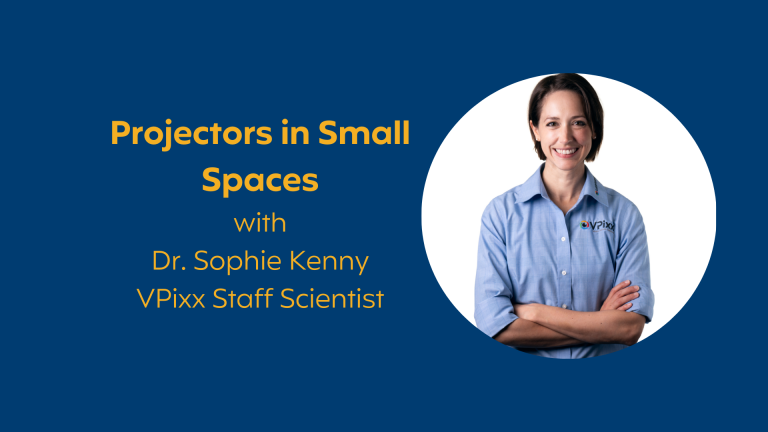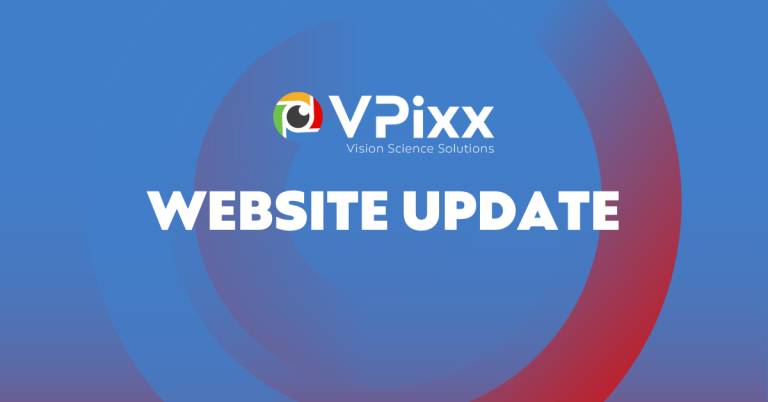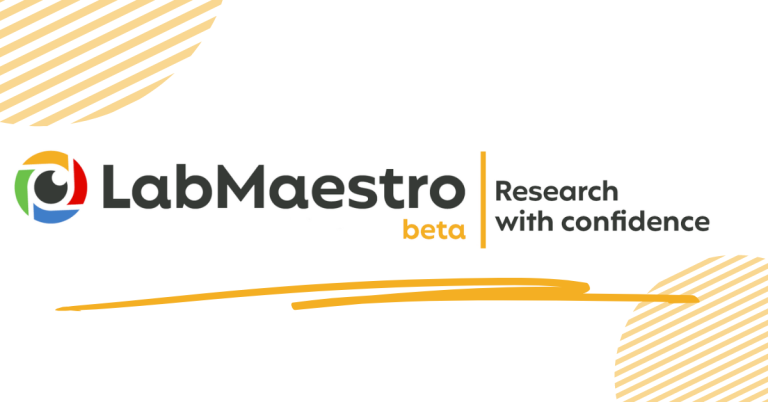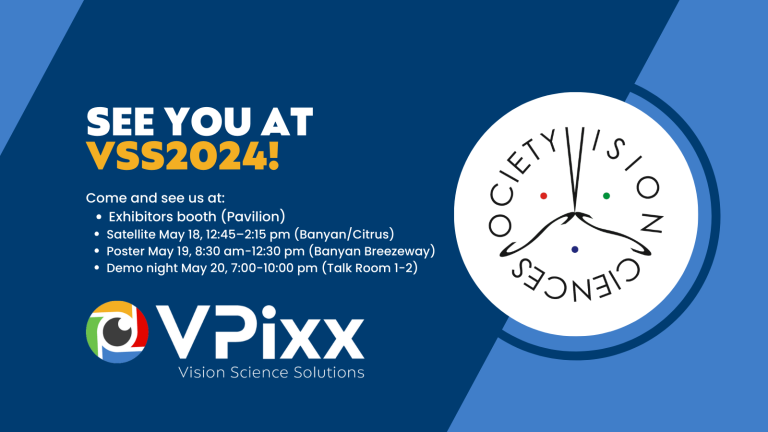Center for Human Brain Health at the University of Birmingham reveals new OPM installation
Neuronal Oscillations Group begins first recordings using optically pumped magnetometers (OPM), “the future sensors of MEG.”
Dr. Ole Jensen, Co-Director of the Center for Human Brain Health at the University of Birmingham, announced on social media last week that his team has collected the first OPM recordings for their new system.
Dr. Jensen’s lab is well known for being pioneers in neural oscillation research. Their lab uses Rapid Invisible Frequency Tagging (RIFT) to study attention in the brain.
Frequency tagging is a method of measuring brain activity, and it’s perfectly suited to MEG and OPM. Visual stimuli are flickered at specific frequencies; this generates oscillatory responses in the brain called steady-state visually evoked fields (SSVEFs). SSVEFs help researchers understand aspects of perception, attention, and other cognitive processes.
With the high-speed projection technology of our 1440Hz PROPixx projector, stimuli can be modulated rapidly and smoothly at very high frequencies, where the flicker is invisible to the participant—but the brain response is still measurable.
This is RIFT, and it has two major advantages. First, it allows frequency tagging paradigms to be embedded in more naturalistic tasks, like reading, without distracting the participant. Second, it means lower frequency oscillations, typically reserved for tagging, are available for study.
With the advent of lower-cost, more sensitive OPM sensors, MEG research is even better poised to take advantage of high-speed frequency tagging paradigms to explore the nature of human perceptual and cognitive processes. We look forward to more brilliant research from Dr. Jensen and his team!
For more on postdoc opportunities at the CHBH, see:
https://www.jobs.ac.uk/job/DDN328/research-fellow
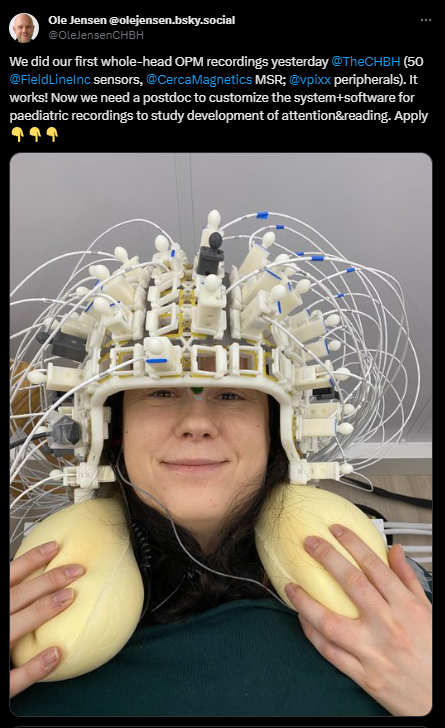
Further Reading:
Seijdel, N., Marshall, T. R., & Drijvers, L. (2022). Rapid invisible frequency tagging (rift): A promising technique to study neural and cognitive processing using naturalistic paradigms. Cerebral Cortex, 33(5), 1626–1629. https://doi.org/10.1093/cercor/bhac160
Minarik, T., Berger, B., & Jensen, O. (2022). Optimal parameters for rapid invisible frequency tagging using MEG. bioRxiv. https://doi.org/10.1101/2022.12.21.521401

